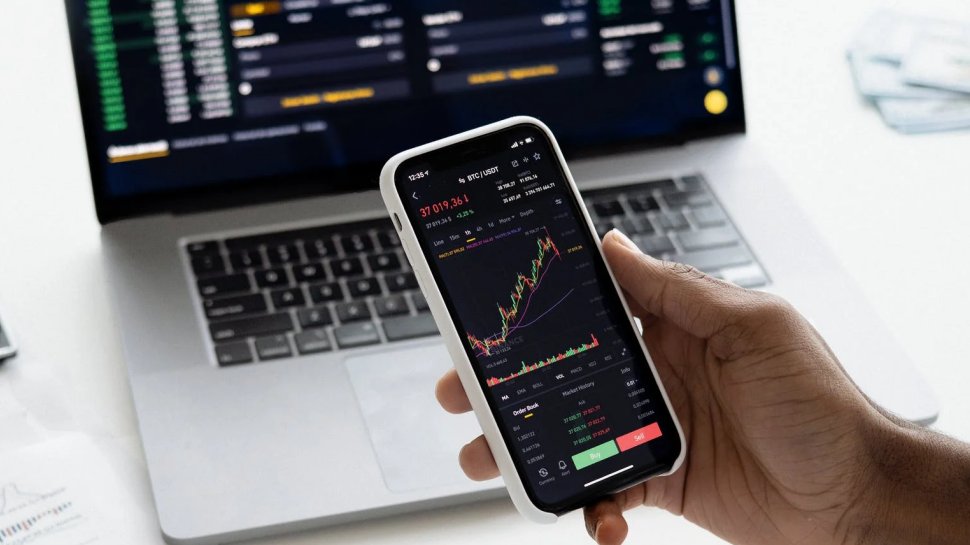The Power of 37+ Years of Historic Foreign exchange Data
The Power of 37+ Years of Historic Foreign exchange Data
Blog Article
In the complex world that is forex trading, historic information plays an important role, serving as a treasure rich source of knowledge and insights that will significantly improve trading strategies. Historic forex data, in particular datasets that span over 37 years of data, provides an incredible depth of data that is used to understand market behaviors as well as identify patterns and trends. It is also a great resource to create robust trading strategies. When combined with platforms like Metatrader 4, as well as 5 these vast amounts of information becomes a powerful instrument for traders, helping traders to make educated decisions and get an edge in the market.
Recognizing the importance of historic forex data begins with its role in creating efficient trading strategies. With 37 years of historical data available, traders can study the development of the forex market throughout a long period of time, discovering long-term trends, patterns, and cycles that less detailed data might miss. Examining how currencies have reagierted to previous economic events, geopolitical changes, and shifts in market sentiment allows traders to anticipate the future direction of markets with greater accuracy. As an example, knowing what a currency pair did to prior interest rate increases or political uncertainty can offer invaluable insights for forecasting its behavior in the coming conditions.
Moreover, historical forex data is essential for backtesting of strategies for trading. Backtesting is the practice of applying a particular trading strategy against historical data in order to assess its efficiency and reliability in the course of the duration of. It is crucial for traders to verify their strategies, and discover any weaknesses before implementing their strategies into live trading. The presence of more than 37 years of information provides a comprehensive testing ground for traders, which lets them test their strategies over a vast variety of conditions in the market that range from high risk to times of moderate stability. Such rigorous testing ensures that strategies are robust and able to deliver steady results, thus reducing the possibility of unanticipated losses for real-time trading.
For quantitative analysts and developers of trading algorithmic the Forex History Data database is an essential source. These professionals rely on vast amounts of historical data for the creation and training of the models for predictive analysis. The greater the amount of data that is available to the model, the better it can adapt to changes in market behavior. The historical data that spans multiple decades gives the variety needed for constructing robust algorithms that can perform well in diverse market conditions. This data is crucial for developing sophisticated trading systems that can give traders a competitive edge. To gather supplementary details kindly check out www.forexhistorydata.com
Beyond individual traders and banks, the old data on forex is an excellent resource for academic research and economic analysis. Researchers can utilize this data to explore various hypotheses about exchange rates, currency relationships and the effects of macroeconomic influences on currency prices. The existence of a long time series allows for comprehensive research that can contribute to an improved understanding of forex market dynamics. Additionally, policymakers and central banks can utilize historical data to analyze the effects of past interventions and make informed decisions about the future direction of monetary policy. This data richness supports many studies, which can lead to a deeper understanding of world financial systems.
Additionally, data from the past serves as a valuable resource to academic research and analysis. Researchers studying the market for forex can use the data to explore various hypotheses about the behavior of markets, currency-related correlations and the effect of macroeconomic factors. The availability of such a lengthy time series allows for comprehensive studies that contribute to understanding the dynamics of forex. Also, policymakers and central banks can use historical data to analyze the consequences of interventions in the past as well as make informed choices about the future direction of monetary policy.
The utility of the data from historical forex transactions goes beyond strategy development and educational purposes; it also plays vital roles in risk management. Analyzing historical data trading and financial institutions will be able to detect periods of extreme risk and comprehend the forces which led to major shifts in market prices. This information allows for a better evaluation of risks and also the development of strategies to minimize potential loss. Knowing for instance how certain currency pairs behaved through previous crises in financial markets can assist traders to devise strategies to safeguard their portfolios during future market declines. Historical data thus becomes an essential instrument for creating the highest returns possible and also reducing risk.